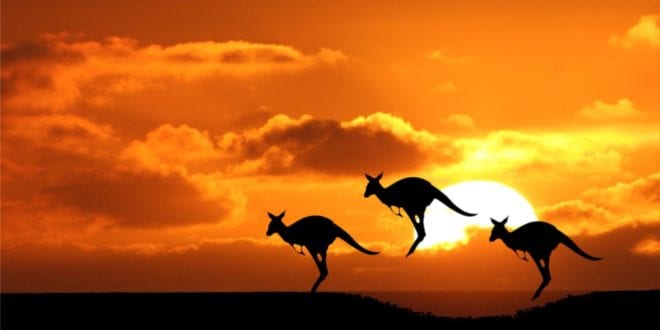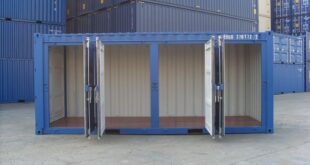Australia, Land down under and many other names symbolize an impressive continent in the southern hemisphere of the planet. There are plenty of reasons to visit Australia. Come with us on a trip through Australia and get to know every corner of it before you even get there.
Land Down Under – This Is Australia
In the Old and Middle Ages, there was an opinion in Europe that there was a large continent in the “southern seas”. Although there was no geographical evidence of its existence – on geographic maps this hypothetical land was called Terra Australis Incognita, or the “Unknown Southern Land”. The first European to see Australia back in 1601 was Portugal’s Manuel Godinho de Eredia. It was not until 1770 that James Cook succeeded in demystifying the illusion of a distant continent.
Australian Way of Life
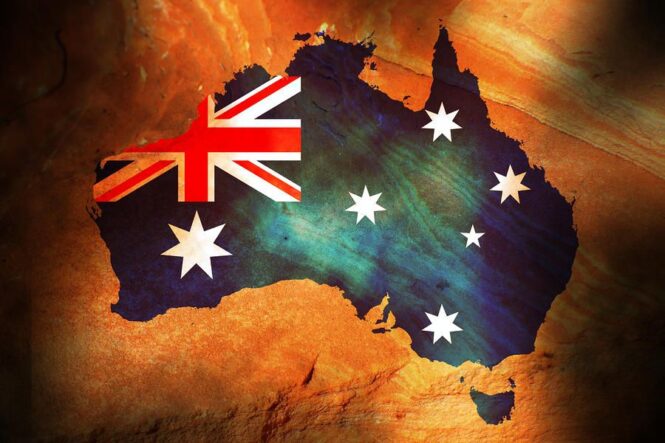
Today, one of the main drivers of suitcase packing and travel for Australia is the so-called Australian lifestyle that many envies. Beautiful beaches, catching morning surf, weekend trips and the infectious buzz of Australia’s cities – no wonder all tourists want to experience this place in their own way. Each city has its unique charm – from the rooftop bars of Melbourne to the wide palm-lined promenades.
Connection With The Rest Of The World
With international airports in every major city, Australia is well connected to the rest of the world. Sydney is the most popular destination, although Melbourne and Brisbane also welcome tourists at their major airports. Still, be prepared: It’s a long flight to Australia! Here’s where to start the tour and what to see in Australia, a fascinating land whose nature is said to be just waiting to kill you. Of course, don’t stress – this is a benign continent if you know how to prepare for the journey.
1. Australia’s Largest City – Sydney
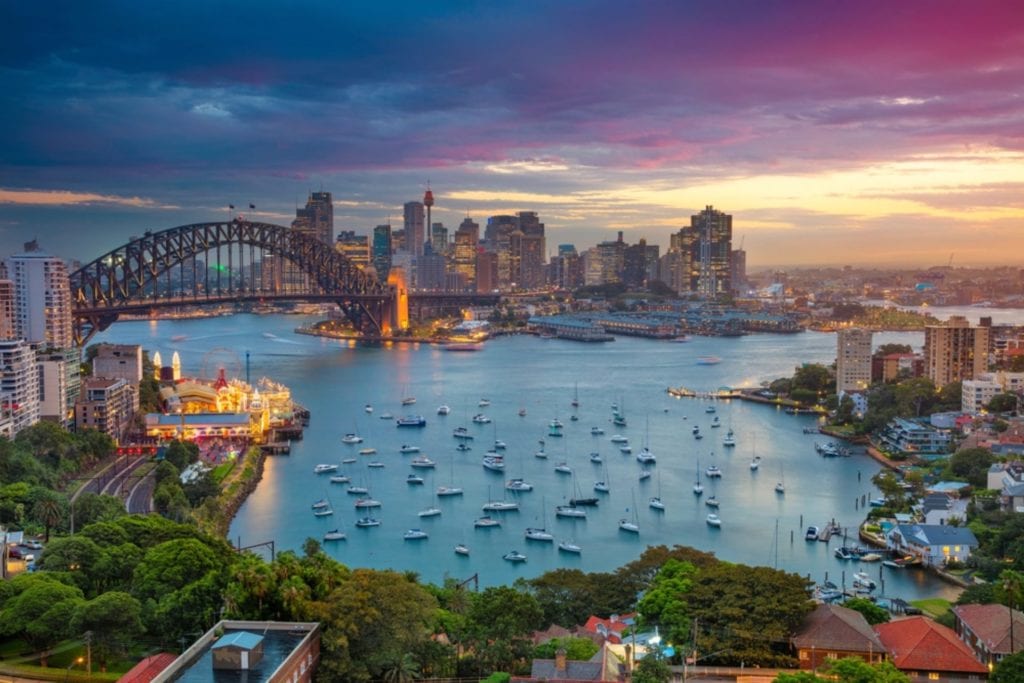
Sydney is Australia’s largest legendary city. The combination of surf beaches, sparkling natural harbour and Sydney Opera is irresistible. In addition to its artificial wonders, Sydney is also rich in natural resources such as public gardens, harbour islands and immaculate coastal areas. An excellent transportation system and custom tours in Sydney are a joy to explore. Nightlife in urban areas, exploring the endless Gold Coast, vineyard valleys, lush green forests or the Blue Mountains – the choice is yours.
2. Hunter Valley
About 130km south-west of Sydney, there is a famous valley well-known to all wine lovers. It’s Hunter Valley, one of the sites you must visit. In less than 2 hours drive, you will find yourself in the wonderful world of wine that has an exquisite aroma. This place is surrounded by the beautiful nature that is simply enticing to enjoy.
According to Sydney Private Tours, this is one of the most famous winemaking regions with over 150 wineries offering you the finest quality wines. If you are here for 2 days then stay at the beautiful Sebel Kirkton Park, which is one of the amazing country mansions overlooking gardens and vineyards covering 70 acres of land.
3. Melbourne – What You Must See In This City
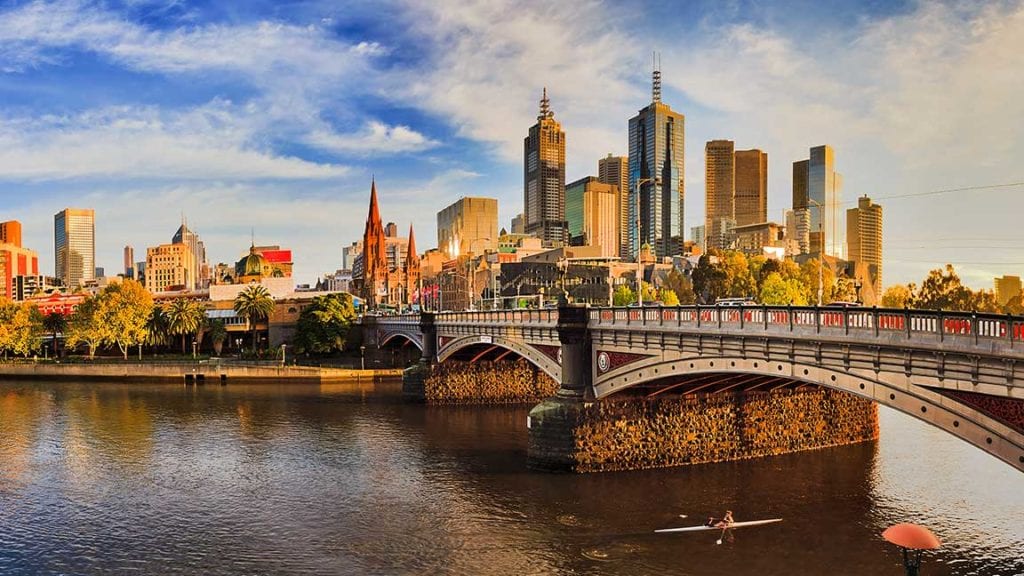
Melbourne is brimming with attractions. Rich parks, amazing libraries and galleries, all wrapped in a vibrant atmosphere. Melbourne is also pronounced one of the biggest street-art centres, with its one of a kind, aesthetic articulation showed in affirmed open-air areas all through the city. Going through the city traffic labyrinth is a genuine experience. The traffic network has been revitalized modern city art, crowded bars and bistros.
4. Cooks’ Cottage – The Cradle Of British Australia
Visit Cooks’ Cottage, a notable World Heritage Site. It’s an absolute necessity when you’re visiting Melbourne. It was constructed during 1755 and built by Captain James Cook’s parents. The Chef’s Villa is Australia’s most established structure and it is a well-known vacation spot. Initially, it was situated in Yorkshire, England. The cottage was then moved to Melbourne in 1934. The unbelievable thing is that every block had its special number, and was put into barrels and afterwards transported to the “new continent”. Present-day interpretations of Captain Cook’s adventures, delightful English gardens and volunteers wearing eighteenth-century outfits – Cooks’ Cottage is an intriguing excursion into the past.
5. Flying Above Melbourne
Flying above Melbourne is a unique experience, seeing the city from a different perspective – from the Melbourne Star. Every night from the darkness of the Melbourne skyline – illuminating screen emerges. Three and a half kilometres of LED lighting generates more than 15 million different light combinations. Each of the 21 spacious cabins offers an unbeatable 360-degree view of the city. It’s more than just a look – it’s the whole experience.
6. Kakadu National Park
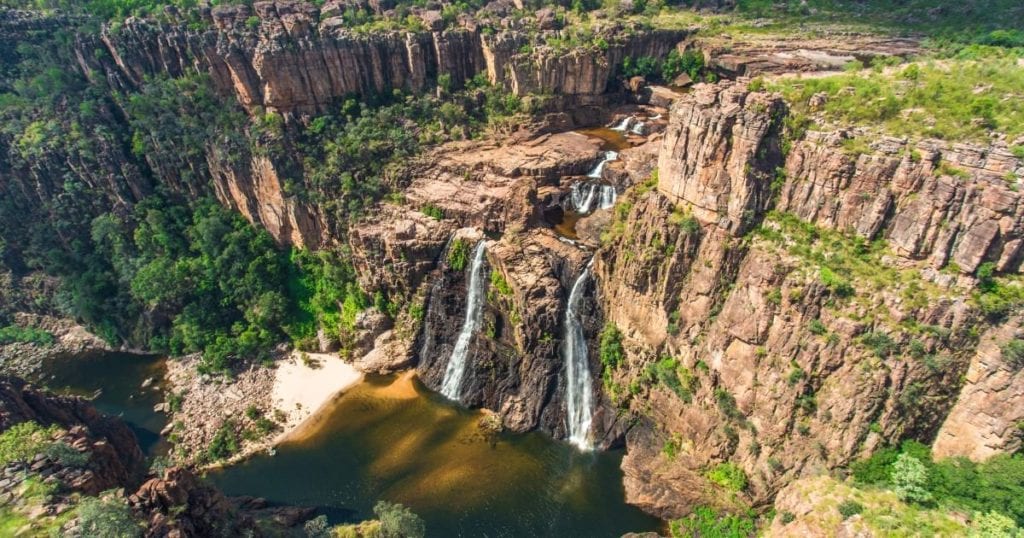
If you travel into the northern part of Australia, don’t miss visiting Kakadu National Park. This is Australia’s largest national park. It was named after the mispronouncing title of Aboriginal language, which is spoken by natives in the northern part of this park.
This is an ideal place for anyone who wants to get more familiar with the Aboriginal culture. Some of the world’s oldest and largest petroglyph collections are located here. Due to its unique culture, as well as its flora and fauna – Kakadu National Park is included in UNESCO’s list of national heritage sites. In the spirit of tradition and the preservation of cultural values, the care of this national park is entrusted to Aborigines as well.
7. Uluru
Do you want to see the true wonder of nature? Then this is the place for you. The hill and largest stone monolith in the world is located about 450 km southwest of Alice Springs. Uluru is a massif created by the accumulation of sand and the displacement of the tectonic plates of the earth. For the Aborigines, this ancient red rock has always been a sacred and mystical place. Namely, Aborigines believe that space beneath Uluru is hollow – and that it is the place where the ghosts of their ancient ancestors are. Today, Uluru is a national park that has become recognizable around the world and is also a national symbol of all Australians.
8. Tasmania

This island in the far south of Australia was nicknamed ” The Inspiration Island”. It got its nickname thanks to its natural, pristine beauty. You can find many “natural wonders” on this island, like the pillars known as Organ Pipes on Wellington Hill, as well as many rare quartz rocks. This is a predominantly mountainous region and the highest mountain is Mount Ossa. The rest of the island is mostly forested, and the famous Tasmanian devil can be found in these forests. However, socializing with them is not recommended for tourists because this fast-moving animal is well-known for its strong bite.
9. Barossa Valley
Another major wine-producing region in Australia that is also known for its interesting history. Its history is reflected in the story of the 3 cities in the area: Tanunda, Angaston and Nuriootpa. Tanunda was a small town created by the arrival of German settlers in 1840. It developed under German influence and has retained many German features to this day.
Angaston, on the other hand, is a typical English town inhabited by Cornwall miners. The emergence of the third city of Nuriootpa – was influenced by both English and Germans, and is considered to be the most picturesque. The area is characterized by many vineyards, and viticulture is both a major occupation and a source of income for the population. Every April, the famous Wine Festival takes place here.
10. Fraser Island
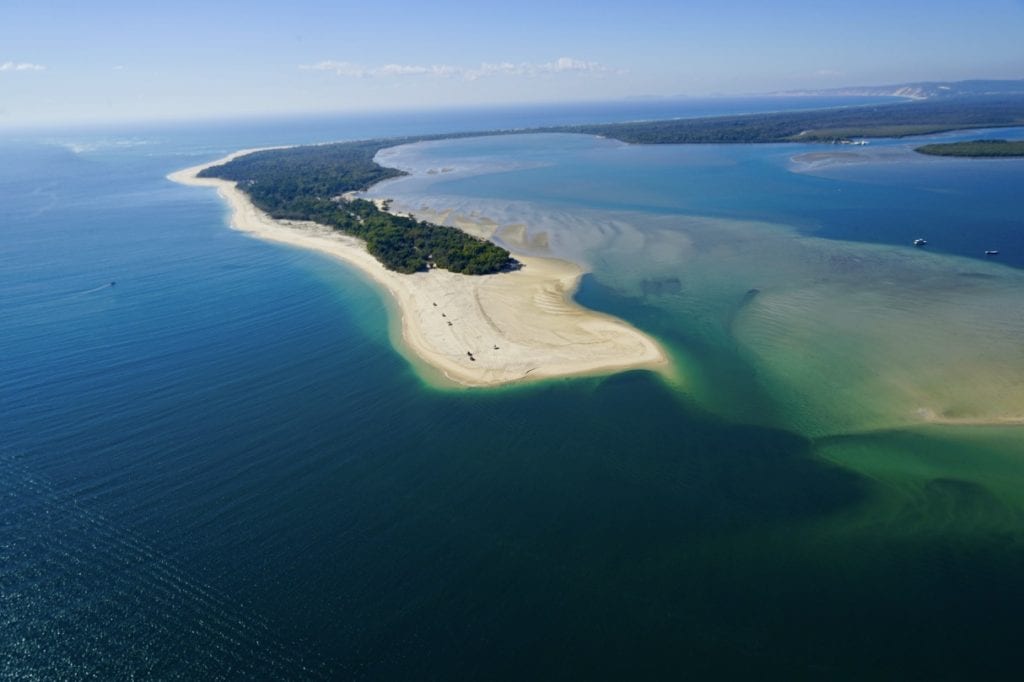
This island is located 200km north of Brisbane and is considered the largest sand island in the world. Sand has accumulated here on the volcanic surface for more than 750,000 years. Unlike many sand areas, this island is rich in vegetation, so rainforests, eucalyptus forests, mangroves, etc. can be seen here. This island has been listed as a World Heritage Site since 1992.
 Imagup General Magazine 2024
Imagup General Magazine 2024
